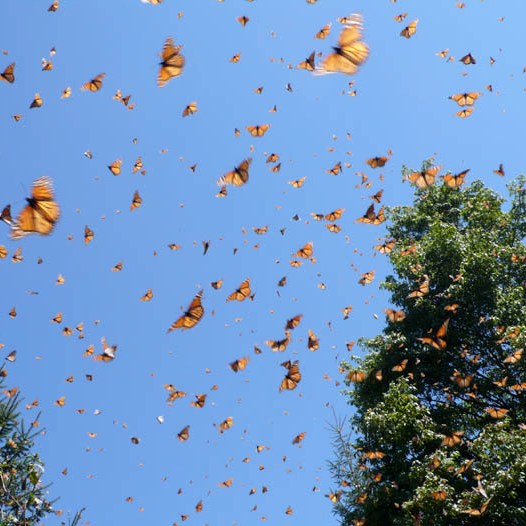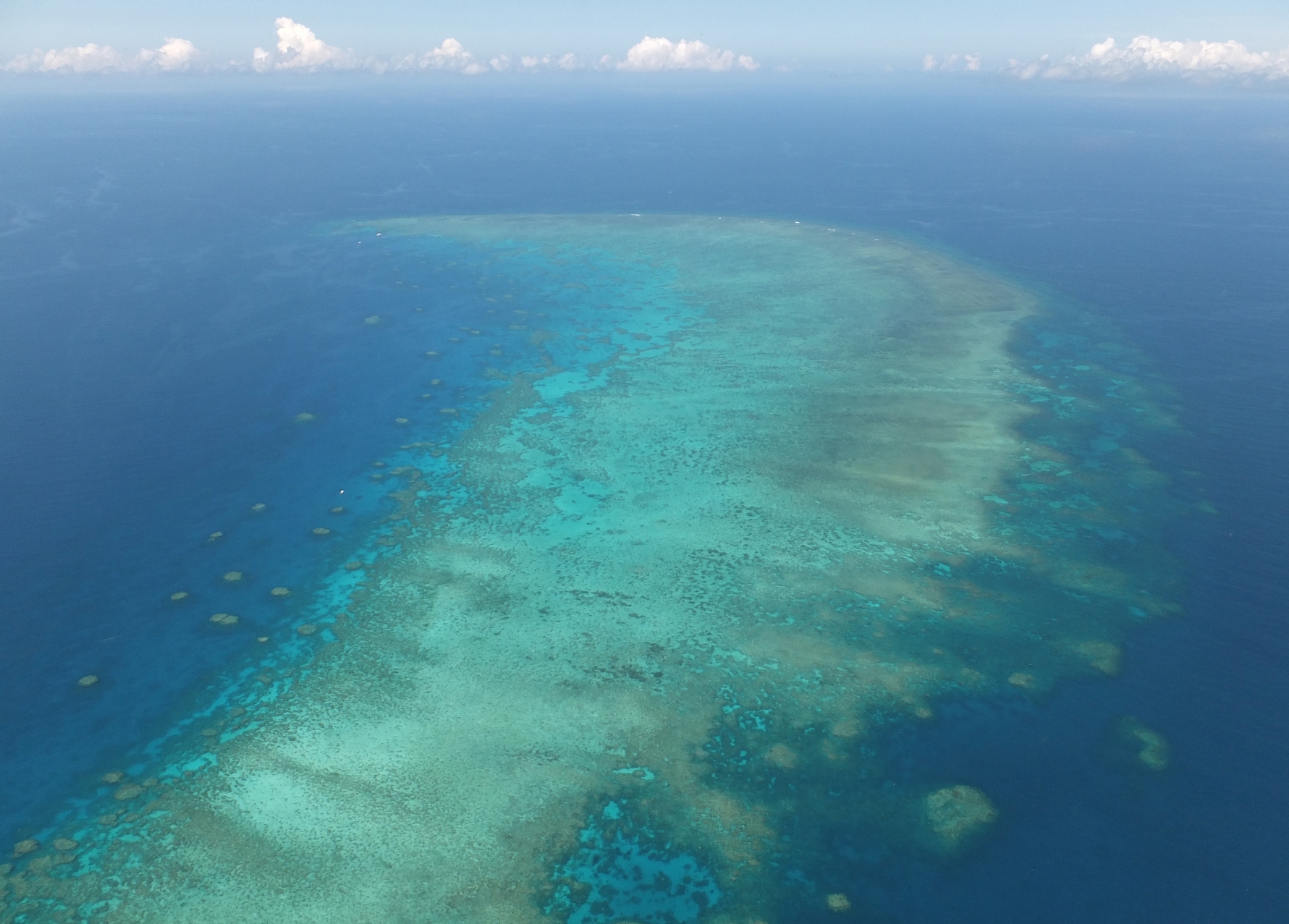Concerns over scale of threats to natural World Heritage confirmed by new report
Nearly half of all natural World Heritage sites are threatened by industrial activities, according to a new report drawing heavily on data from the International Union for Conservation of Nature (IUCN)’s World Heritage Outlook.
Activities such as mining, illegal logging, oil and gas exploration threaten 114 out of 229 natural World Heritage sites, according to the World Wildlife Fund (WWF) survey, Protecting people through nature. These sites are recognised as the world’s most important protected areas and include iconic places like the Grand Canyon and the Great Barrier Reef. The survey highlights their enormous contribution to sustainable economic and social development, and to achieving the sustainable development goals agreed by UN Member States last year.
“This report confirms the concerns that IUCN has long been raising over the scale of impacts from industrial developments, which threaten the integrity of natural World Heritage sites,” says Tim Badman, Director of IUCN’s World Heritage Programme. “These iconic places face a range of threats, including climate change. Removing pressure from harmful industrial activity is therefore critical to increase the sites’ resilience.”
Climate change could soon become the most widespread threat to natural World Heritage sites, according to the IUCN World Heritage Outlook – the first global assessment of natural World Heritage launched in 2014. The IUCN Outlook compiles data on threats, management effectiveness and the state of conservation of listed natural sites, and served as a major source for the WWF report issued today.
One example of damage to a natural World Heritage site is the decline in recent years of the Monarch Butterfly in Mexico’s Monarch Butterfly Biosphere Reserve, which has been linked to use of herbicides along the species' migration route in Canada and the United States. The site is already affected by climate change and its conservation prospects have been assessed as ‘critical’ by the IUCN World Heritage Outlook.
Natural World Heritage sites are not just important environmentally, they also provide social and economic benefits. Two-thirds of natural sites on the UNESCO World Heritage List are crucial sources of water and about half help prevent natural disasters such as floods or landslides, according to IUCN's 2014 report, The Benefits of Natural World Heritage. Over 90% of listed natural sites provide income from tourism and recreation, and create jobs. The study also shows that these benefits decrease due to changes in landscape, as well as overexploitation of resources.
Reiterating these findings, the WWF survey further estimates that 11 million people – more than the population of Portugal – depend directly on World Heritage sites for food, water, shelter and medicine Harmful industrial development poses a threat to these ‘ecosystem services’ and the communities that depend on them.
“Natural World Heritage sites have a crucial role in supporting human well-being and as beacons of sustainable development,” says Tim Badman. “By highlighting human dependency on these exceptional places, WWF’s report reinforces the need to boost our efforts to conserve them.”
Natural World Heritage sites are globally recognised as the world’s most important protected areas, inscribed on the UNESCO World Heritage List for their unique natural values, such as the scale of natural habitats, intactness of ecological processes, viability of populations of rare species, as well as exceptional natural beauty. IUCN is the official advisory body on nature to the World Heritage Committee.






